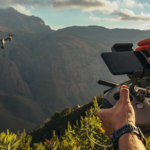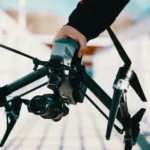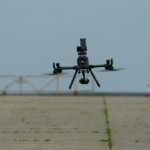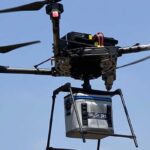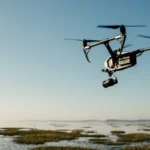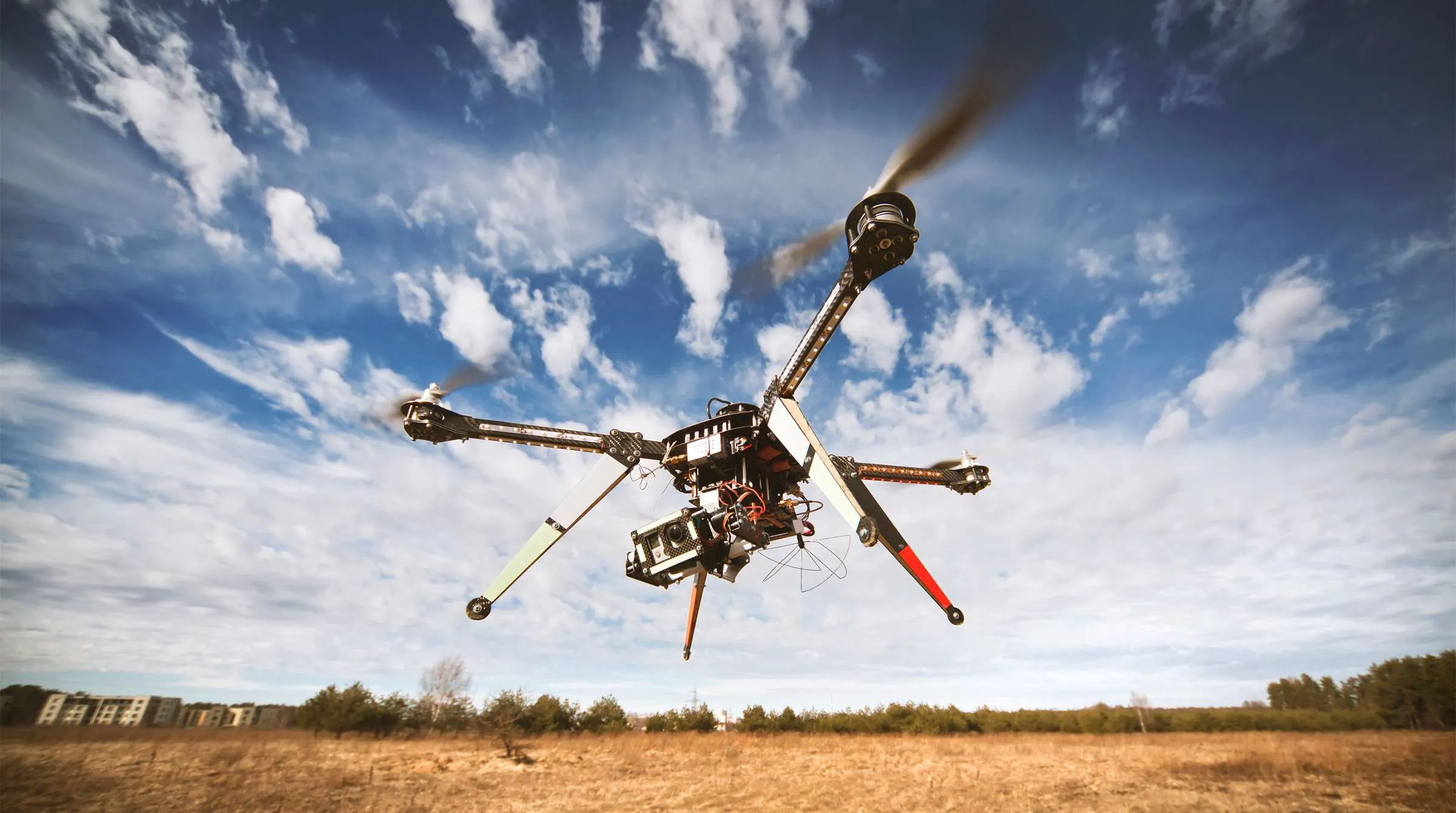
As drone technology continues to soar to new heights, the art of UAV (Unmanned Aerial Vehicle) video composition has become an essential skill for filmmakers and videographers.
Capturing stunning aerial footage goes beyond simply taking to the skies; it requires a keen understanding of composition techniques that leverage the unique capabilities of UAVs.
In this article, we explore the principles and strategies behind UAV video composition, unraveling the secrets to creating captivating and cinematic shots from above.
Understanding the Canvas
The Sky and Beyond UAVs provide filmmakers with an expansive canvas—the sky itself. To make the most of this canvas, videographers need to understand how to compose shots that not only showcase the beauty of the landscape but also tell a compelling visual story.
- Rule of Thirds in the Sky: Apply the classic rule of thirds to aerial cinematography by dividing the frame into a 3×3 grid. Position key elements, such as horizons, landmarks, or focal points, along these lines to create visually balanced and engaging shots.
- Dynamic Angles and Perspectives: Experiment with different angles and perspectives that are only achievable through aerial cinematography. Utilize the drone’s ability to ascend, descend, and rotate to capture shots that offer a fresh and dynamic viewpoint.
- Leading Lines and Symmetry: Look for natural leading lines, such as rivers, roads, or coastlines, to guide the viewer’s eye through the frame. Additionally, capitalize on the symmetry that can be found in landscapes to create visually harmonious compositions.
- Foreground Elements for Depth: Incorporate foreground elements to add depth to your shots. Trees, buildings, or other structures in the foreground can create a layered effect, enhancing the three-dimensional feel of the video.
- Pacing and Movement: Consider the pace and movement of your shots. Utilize slow and smooth movements for cinematic sequences, and vary the speed to match the mood or intensity of the scene. Experiment with tracking shots, reveals, and flyovers for added visual impact.
Technical Considerations for UAV Video Composition
- Stabilization Technology: Ensure your drone is equipped with stabilization technology, such as a gimbal, to achieve smooth and steady footage. This is crucial for creating professional-looking shots, especially during dynamic maneuvers.
- Camera Settings: Familiarize yourself with the camera settings on your UAV. Adjust parameters such as shutter speed, aperture, and ISO to optimize the exposure and achieve the desired cinematic look.
- Focus on Lighting Conditions: Be mindful of lighting conditions, as they can significantly impact the visual appeal of your footage. Golden hours during sunrise and sunset often provide warm and soft lighting, enhancing the overall mood of the video.
Conclusion
UAV video composition is an art form that combines technical precision with creative vision.
By understanding the principles of composition, leveraging the unique capabilities of UAVs, and mastering the technical aspects of cinematography, filmmakers can unlock the full potential of aerial storytelling.
As the drone industry continues to evolve, so too will the possibilities for creating breathtaking and cinematic footage from the skies.

